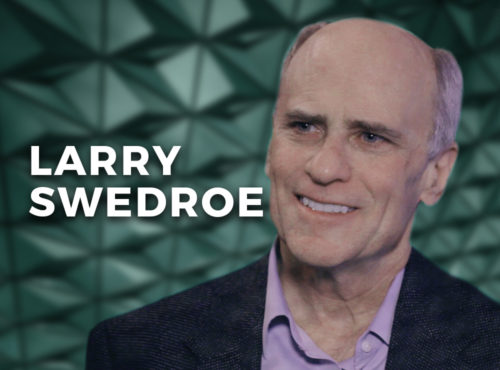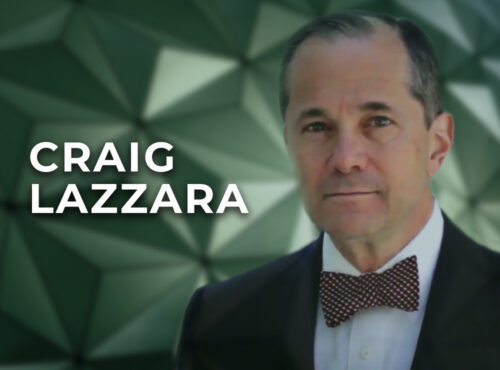
“It is always better to take a dull but prudent approach by investing steadily in a diversified range of cheap, broadly-invested funds and block out the market noise”
— Robin Wigglesworth, Financial Times, 4th February 2022.
No, a statement like that won’t set your pulse racing. It won’t sell newspapers either.
But it’s the truth. And if you’d been following this advice since the start of the year, you would have had no reason to fear the recent market correction. In fact, you would have comfortably outperformed many of the biggest “stars” in the investing world, from Cathie Wood to Terry Smith.
Credit to journalists like Robin Wigglesworth for coming out and telling investors what they really need to hear.
This very helpful article is behind a paywall — remember, good financial journalism is worth paying for — but for those without an FT subscription, here are some other things Robin has to say about the correction:
It’s a normal occurrence
“It may be hard to remember in the midst of a sell-off — and especially after the long bull run that started after the 2009 financial crisis — but stock market corrections are fairly normal.”
It has barely affected some sectors
“Some areas of the global stock market have been fine this year. The recent sell-off has mostly been concentrated in more expensive stocks — those trading at high multiples of their profits or revenues. Meanwhile, many so-called value stocks, or markets largely shunned in the great 2020-21 boom, have either been resilient or enjoyed extended rallies.”
It doesn’t require you to do anything
“Fortunately, how to respond to the recent turbulence is not a problem that should trouble most retail investors. The expensive lesson that markets keep teaching us but most keep forgetting is that flitting in and out in response to rallies and routs is usually foolish.”
It may provide an opportunity
“Goldman Sachs has crunched the numbers for US bourses, and estimates that there have been 21 non-recession corrections since 1950, where stocks fell by an average of 15 per cent peak-to-trough without the national economy contracting. Buying US stocks whenever they fell 10 per cent from their peak, regardless of whether that was the trough or not, has generated median returns of 15 per cent over the next 12 months.”
ROBIN WIGGLESWORTH ON THE TEBI PODCAST
Did you miss Robin Wigglesworth being interviewed on the latest episode of the TEBI Podcast about Trillions, his new book on the growth of index investing? It’s well worth listening to:
TEBI Podcast, Episode 35: Passive has won the argument
Attention financial advisers:
The Evidence-Based Investor is arranging for Robin Wigglesworth to come and speak in London about his book and what the indexing revolution means for advice firms. We’ll be announcing the details very shortly.
PREVIOUSLY ON TEBI
Here are some other recent posts you may have missed:
We’re seeing a virtual repeat of the dot-com crash
Putting value’s two-month winning streak in context
Are stocks bought by noise traders at greater risk of crashing?
What are the perfect conditions for active management?
The odds and the gods: the origins of risk management
Picture: Alex Blăjan via Unsplash
© The Evidence-Based Investor MMXXII









